City EV concept utilises gallium nitride electronics and some wild styling
One of the most curious car exhibits at the 2019 Tokyo Motor Show was the ‘All GaN for Future’ city car concept. With this CDN live show reporter’s Japanese language skills restricted to ‘hello’, ‘goodbye’ and ‘thank you very much’ and no English speakers on stand, the information we can impart for now is mainly restricted to what we saw with our own eyes at the show, trying to decipher GaN’s in-house video and the few words on its website turned into English via the power of Google Translate. So, bear with us…
Anyway, this much we know: the All GaN for Future is a 3050mm long, 1650mm wide and 1500mm high zero-emission city car concept with a 2210mm wheelbase. It looks to have been developed by Nagoya University, the Japanese Ministry of the Environment and the Toyota Advanced Power Electronics Research Division. The pleasingly wedgy exterior design, which sits on air-less tyres, houses two front seats with skeletal frames and net fabric inserts, with a wide bench-style seat at the rear that looks like it might accommodate two small passengers for short journeys. That same rear seat also folds completely flat into the floor (see video at https://gan-vehicle.jp/) to create space for foldable bicycles or even a wheelchair, accessible via a large rear hatch and fold-down tailgate combination.
Despite being pitched as a zero-emission (in use) concept, the website also makes mention of a “high-efficiency in-vehicle inverter using GaN [gallium nitride] devices,” which could lead to a “CO2 reduction effect of 20% or more” according to simulation results so far. All a bit confusing… but as a prototype unveil we weren’t expecting, and with some fun Japanese custom truck references (multiple front and rear lights, swooping rearward angular lines) plus a few Giugiaro-esque design cues thrown in for good measure (cutaway door sections, window-within-a-window-style openings), the All GaN for Future concept certainly made us smile. What’s more, with university and government backing for the project, hopefully its powertrain tech offers real functional substance to back up its curious but interesting form.































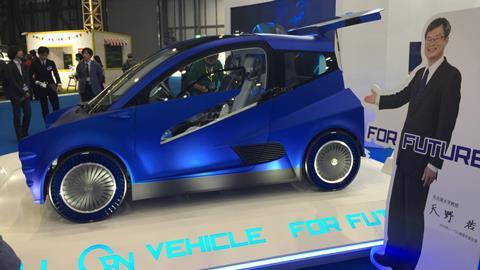


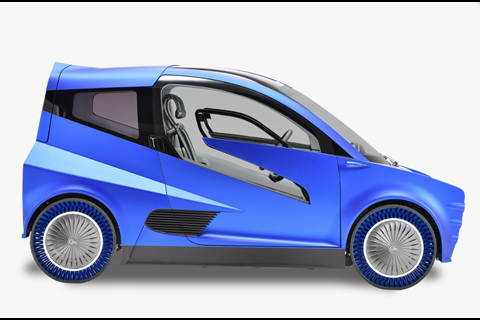
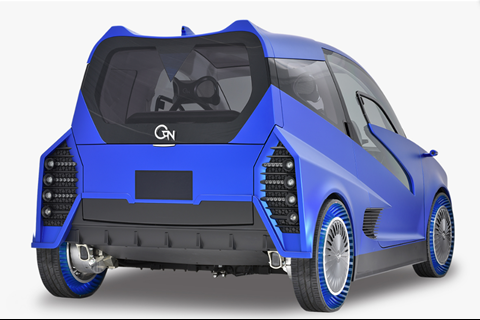

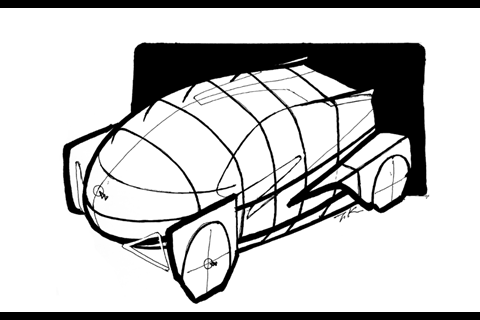

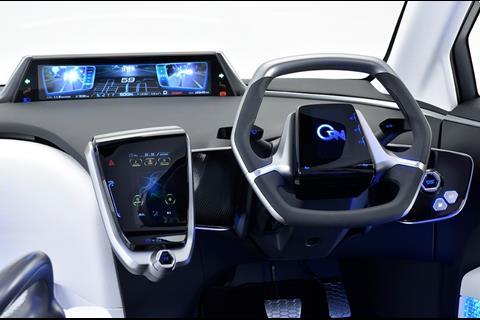
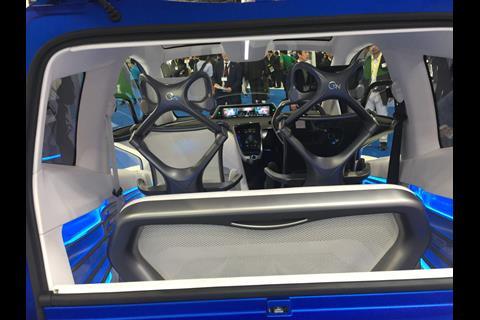

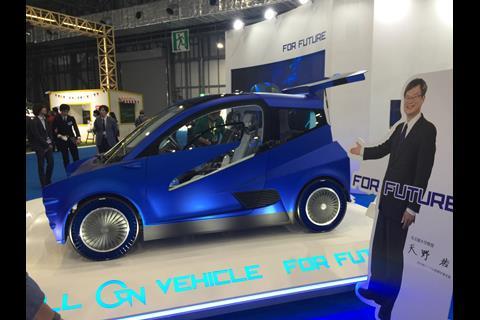

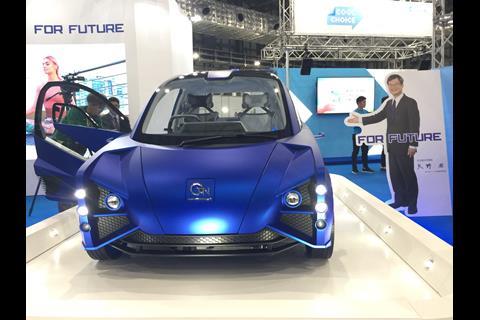
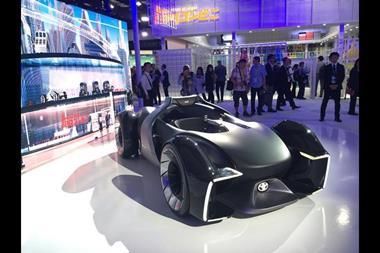
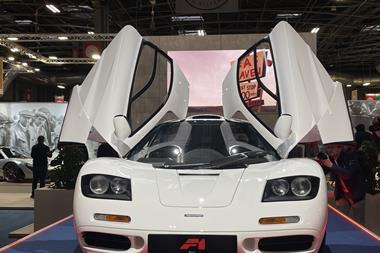


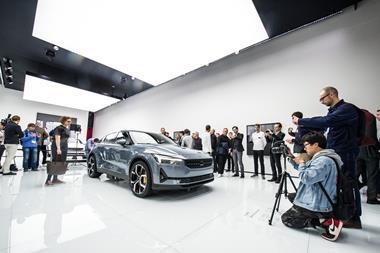




No comments yet